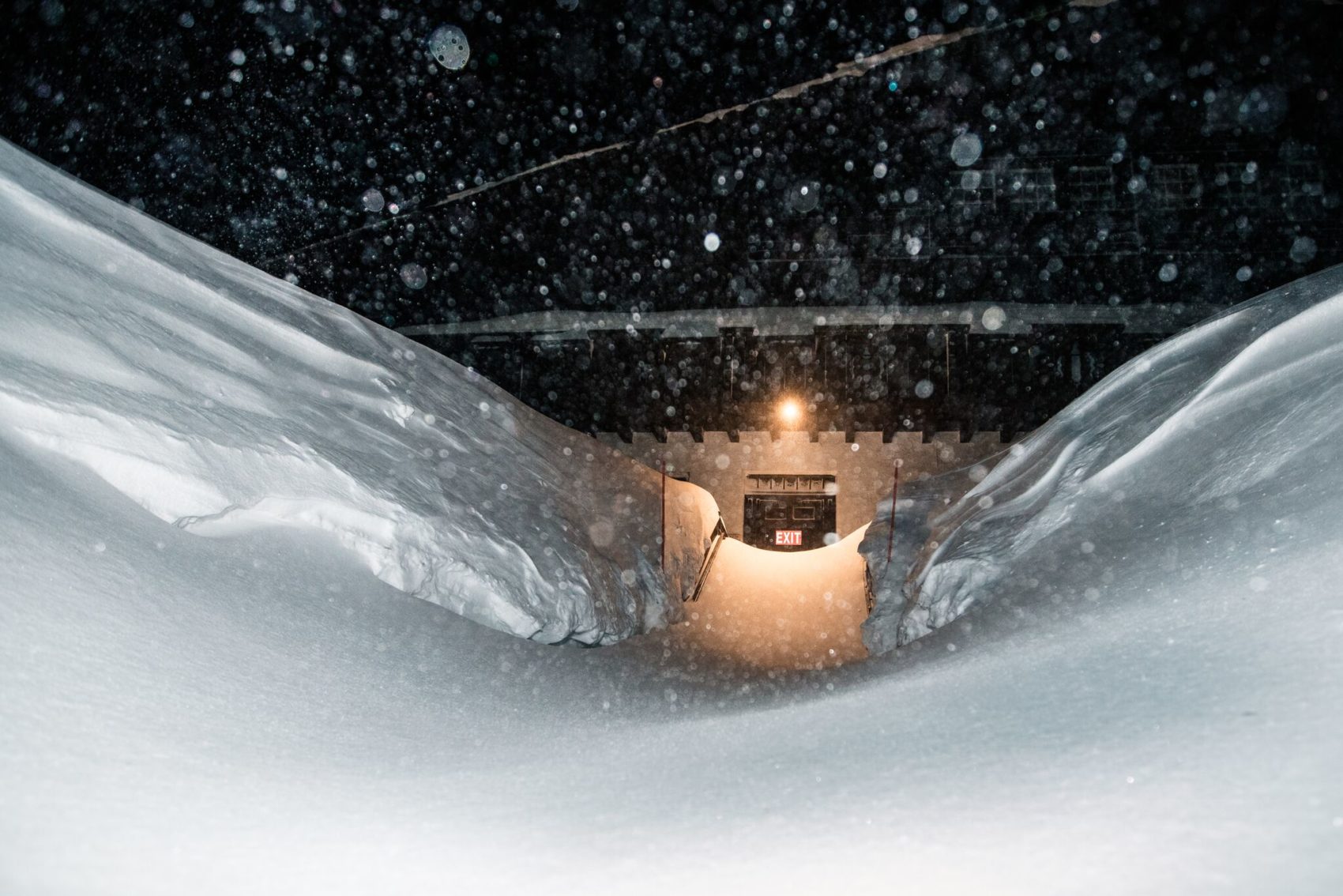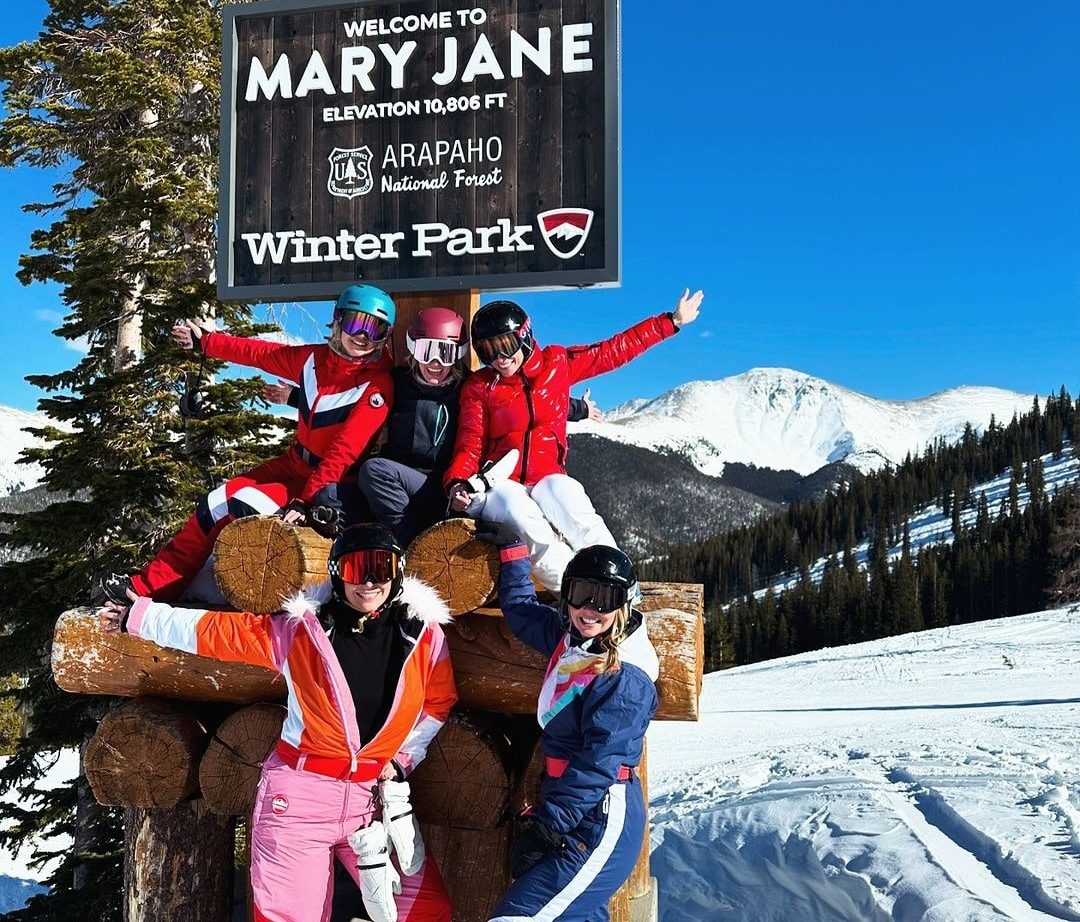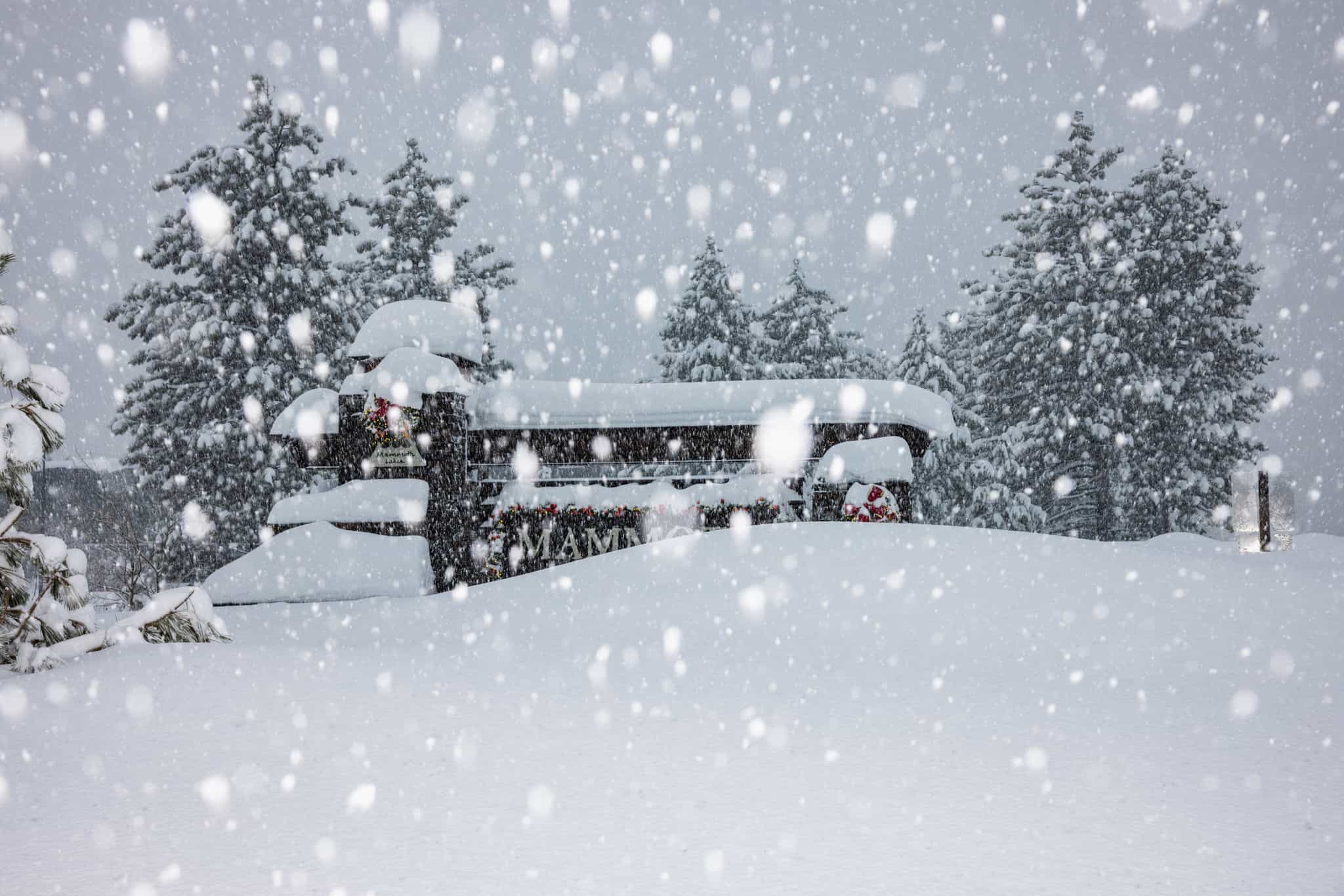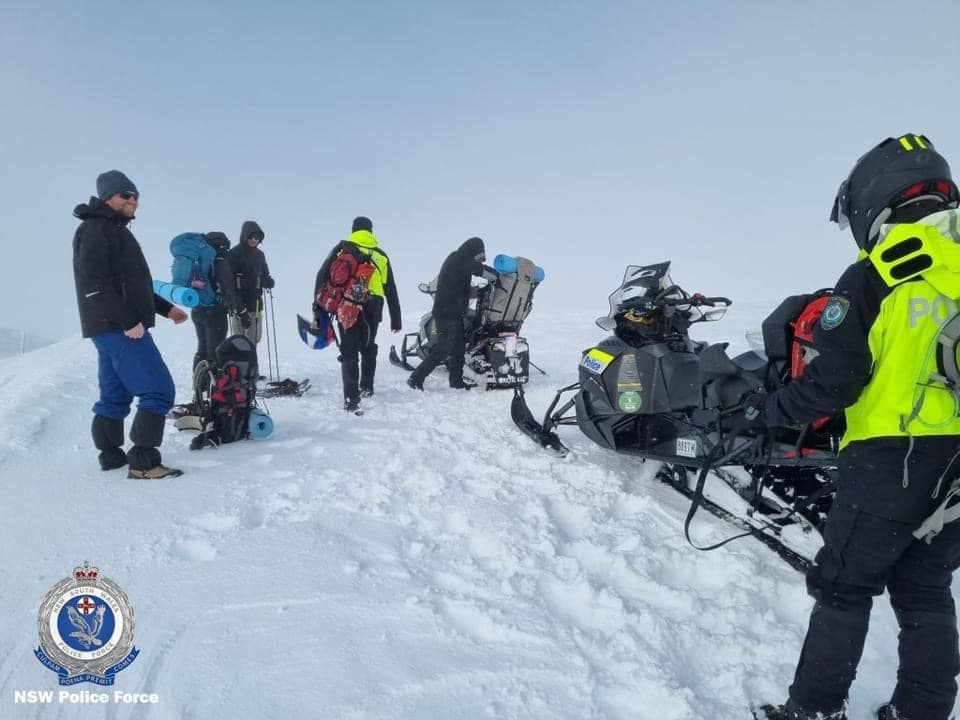Video of Snowflakes Grown in Dr. Kenneth G. Libbrecht’s Lab | Courtesy NY Times
In a recent New York Times Science article, Kenneth Chang wrote about two very different approaches to modern snowflake photography. Following in the footsteps of Wilson “Snowflake” Bentley and the ski tracks of Ed LaChapelle, Drs. Kenneth G. Libbrecht and Nathan P. Myhrvold and photographer Dan Komarechka have been taking pictures of snow using very different techniques.
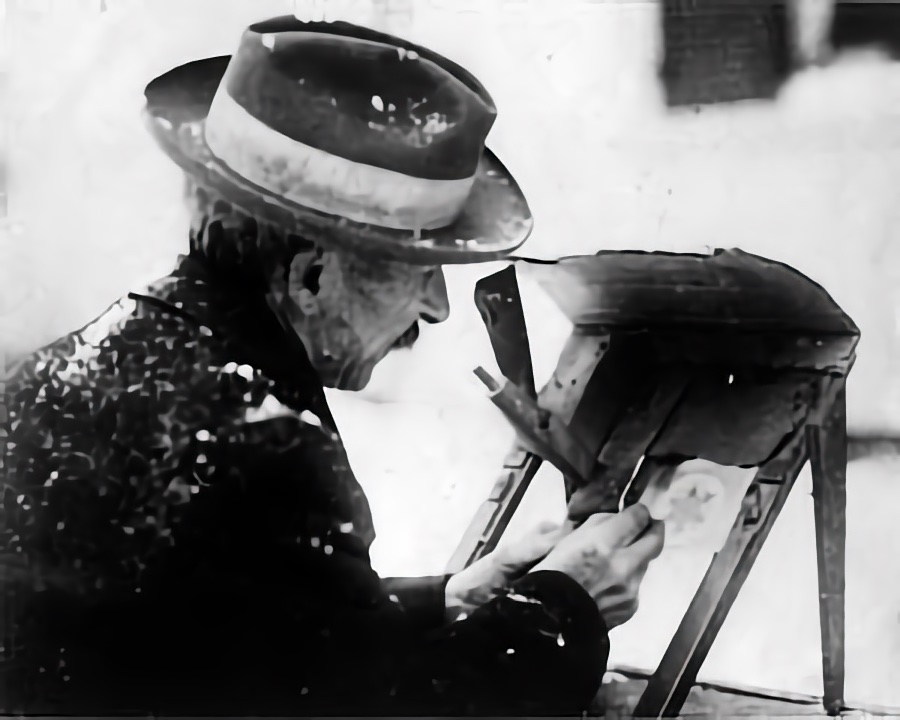
Snowflake Bentley was a meteorologist and photographer from Vermont who is the first person to take detailed photographs of snowflakes. Born in 1865, Bentley spent almost 50 years photographing and describing snow crystals. Before his death in 1931, Bentley collaborated with William J. Humphreys of the U.S. Weather Bureau to publish his book Snow Crystals, which contains over 2500 black and white images of snowflakes and crystals. He is credited with the popular idea that no two snowflakes are alike.
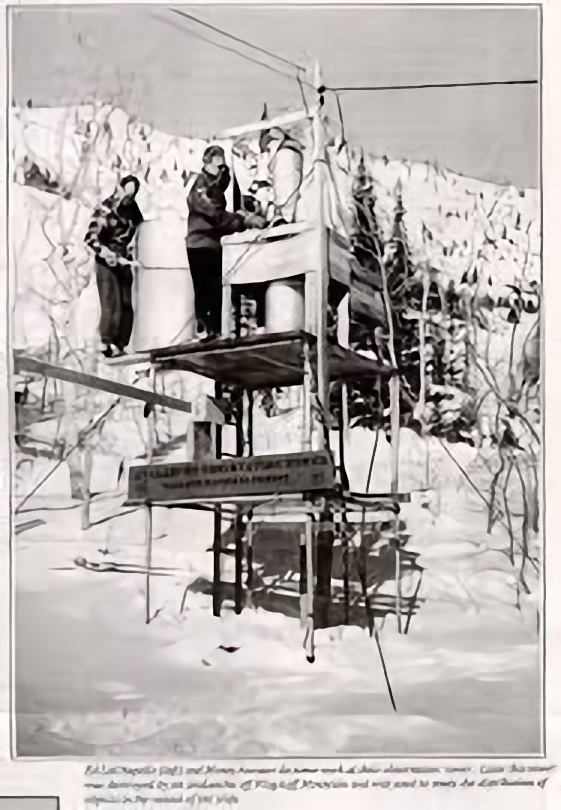
Ed LaChapelle was one of the first United States snow researchers and USFS Snow Rangers. Based out of Alta, UT, for much of his career, he and Monty Atwater are known as pioneers in avalanche research and education in the United States. Ed LaChapelle’s books Field Guide to Snow Crystals and Secrets of the Snow are amazing photographic resources for avalanche students and backcountry skiers.
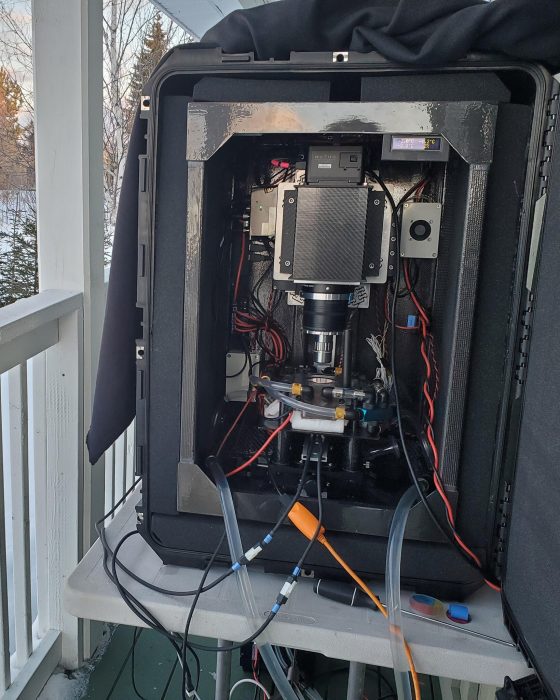
According to the NY Times article, both Drs. Liebrecht and Myhrvold use sophisticated microscopic cameras and high-tech approaches to snow crystal photography.
“Kenneth G. Libbrecht, a professor of physics at the California Institute of Technology, has spent a quarter-century trying to understand how such a simple substance — water — could freeze into a multitude of shapes.” Dr. Nathan P. Myhrvold, former chief technology officer at Microsoft, was intrigued by Dr. Libbrect’s work. “Dr. Myhrvold, an avid photographer, first met Dr. Libbrecht more than a decade ago, and in the spring of 2018, he decided he wanted to take pictures of the intricate frozen crystals himself.”
– Kenneth Chang, NY Times
Canadian photographer Dan Komarechka uses a much simpler technique that harkens back to Snowflake Bentley’s first days photographing snowflakes on a piece of black velvet in Vermont. He disagrees that high tech approaches to snowflake photography are necessary, stating in the Times article that his processes are:
“Incredibly simplistic. It’s so approachable for anybody with any camera”, and that using his lighting techniques: “You get to see surface texture, and sometimes beautiful rainbow colors in the center of a snowflake. It’s almost psychedelic colors, almost looking like a tie-dye T-shirt.”
– Photographer Dan Komarechka, NY Times
A recent video presentation from the Bruce Museum in Greenwich, CT by Komarechka and Libbrecht discusses the physics behind how snowflakes form and the high- and low-tech approaches used to capture their intricately beautiful crystalline structures.
Update: After the original publication of this story, I was introduced to the amazing snowflake photography and artwork of Doug Wewer. Doug has been a ski patroller, avalanche rescue dog handler, and avalanche safety educator in Utah for almost 20 years. In a unique way of creating his art, Doug uses an ever-changing customized camera rig to capture snowflake images on wood or metal, then uses a process called dye sublimation to infuse the images onto a metal plate. Doug says that this process helps highlight the fine details of naturally intricate snowflake design. In an article in the April 2017 issue of The Avalanche Review (TAR), the professional publication of the American Avalanche Association, Doug says:
“Like many other TAR readers, I’ve seen all kinds of snowflakes and crystals under a microscope. I thought everyone knew how complex and amazing snowflakes are. Through sharing these snowflake images with others at festivals and galleries, I’ve realized that most people have never seen a snowflake up close. One of the most rewarding parts of doing this is watching someone experience the fine details of a snowflake for the first time in their lives. Many folks have told me they will never look at snowflakes the same way again.”
Doug Wewer – Photographer
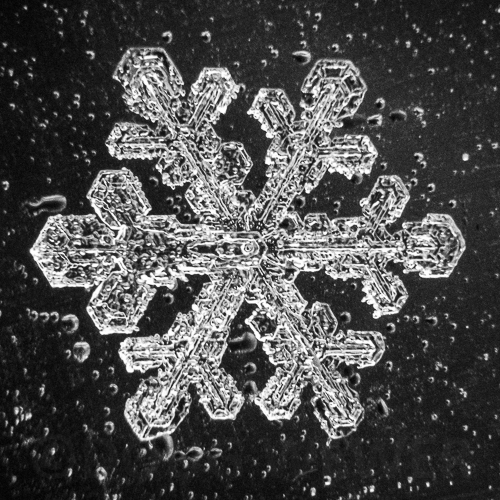
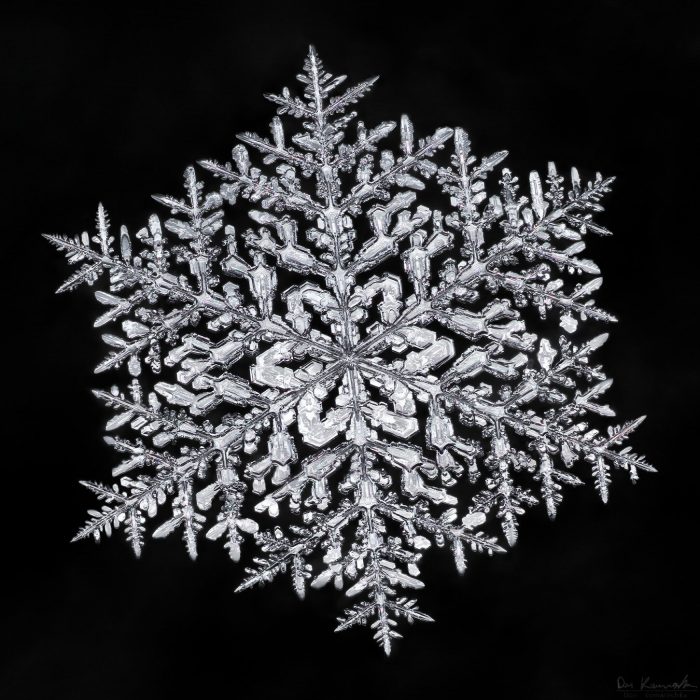
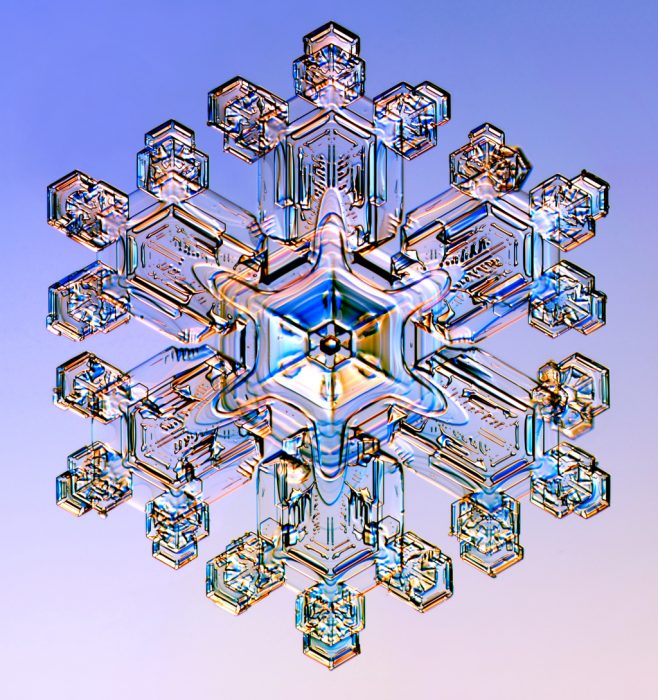
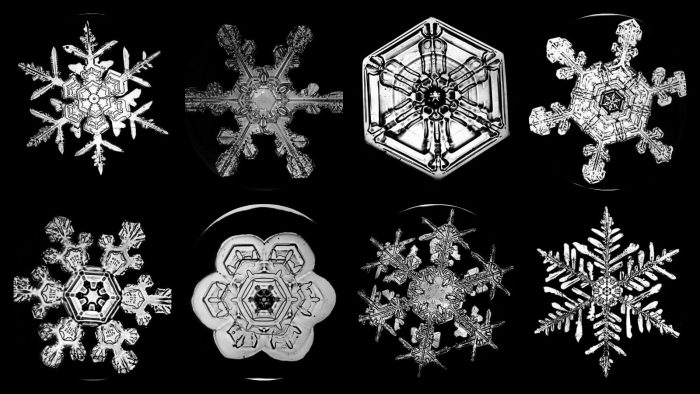
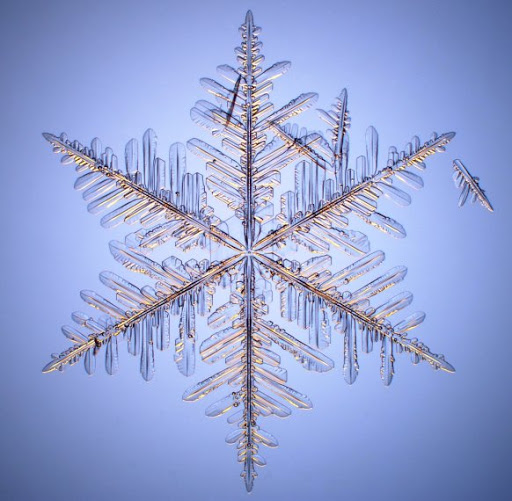
To view or purchase snowflake photographs, please visit the following:
Nathan Myhrvold’s Modernist Cuisine Gallery
Ken Libbrecht’s SnowCrystals.com
The Snowflake Bentley Gift Shop Vermont Snowflakes
Doug Wewer’s Desert Snow Photography

